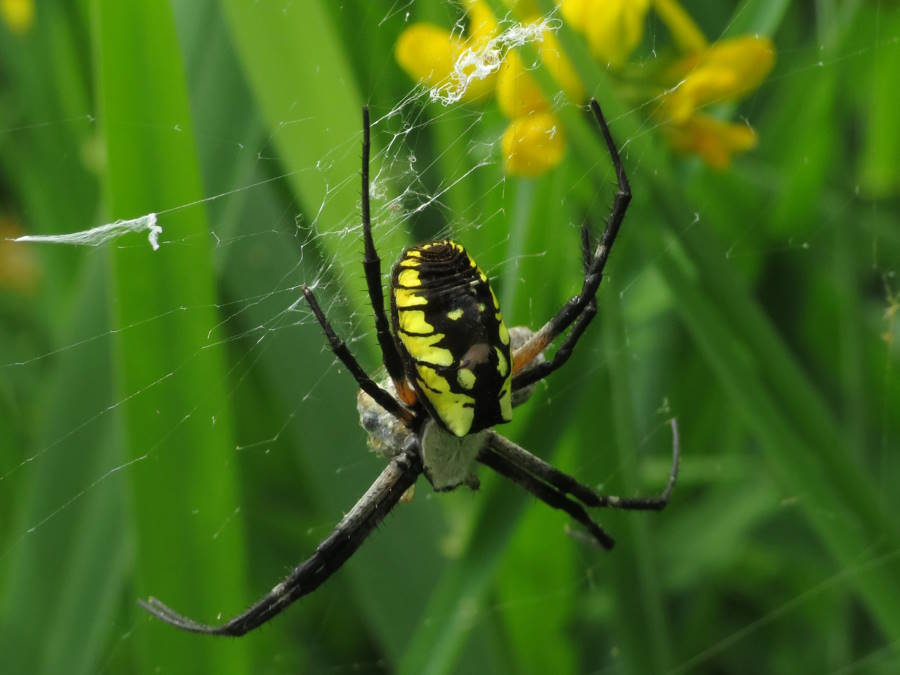
Yellow Writing Spider top view
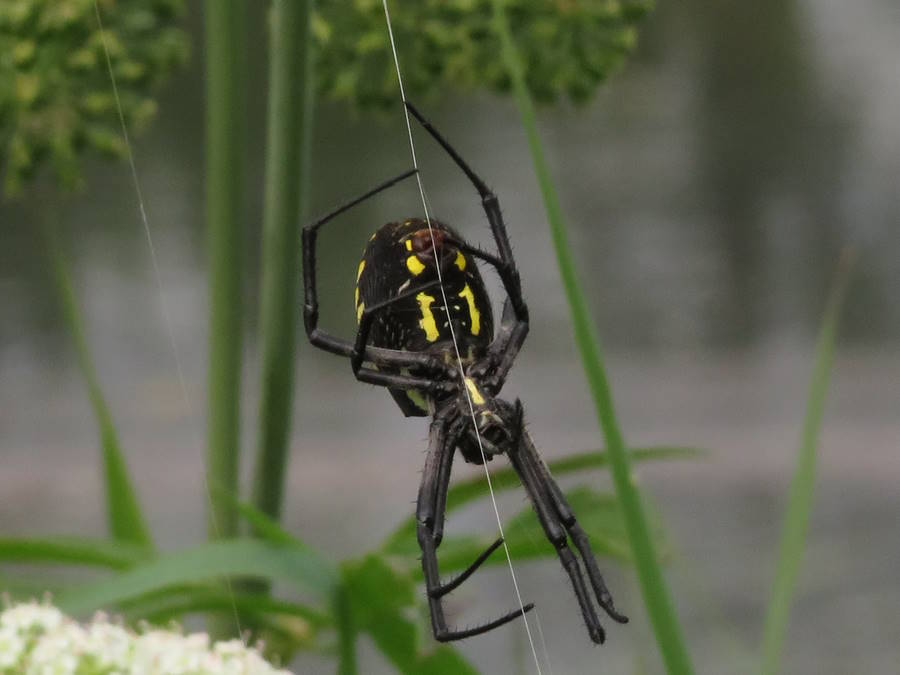
Yellow Writing Spider bottom view
Welcome to Arizona spiders. Researchers at New Mexico State University maintain a database of the spiders of the arid Southwest that includes the desert areas of West Texas, New Mexico and Arizona. In total their count contains 57 families, 272 genera and 1083 species.
Approximately eighty percent (80%) of the species belong to ten different families.
- Wolf Spiders (86 Species)
- Orb Weavers (58 Species)
- Sheetweb Spiders (130 Species)
- Cobweb Spiders (88 Species)
- Meshweb Spiders (72 Species)
- Jumping Spiders (147 Species)
- Ground Spiders (125 Species)
- Crab Spiders (47 Species)
- Running Crab Spiders (50 Species)
- Ant Mimics (23 Species)
Not all species are present in Arizona. However, as a baseline for comparison, it’s fair to estimate the presence of approximately one thousand species in the state.
The common names of some of these spider families sound familiar to most people because they are present year round in many yards. The pictures at the top of the page show the front and back of a the common Yellow Writing Spider.
Other spider families such as the Sheetweb Spiders and Meshweb spiders are very small and often go unnoticed except for the presence of their webs.

The other twenty percent of Arizona spiders draw attention because they either tend to be common house spiders and yard spiders or they tend to be the big, scary and sometimes poisonous spiders that cause many a person to fear all spiders in general.
The picture shows one of the Brown Recluse spider species that is common in the Southern part of the state near the Tucson area. Note the violin looking pattern on the thorax as a key identification clue.
Fortunately Brown Recluse spiders do not want to engage with humans, and bites from them almost always happen by accident when a spider is hiding in clothes or shoes left around and put on without checking.
Arizona also hosts two widow species, the Western Black Widow and Brown Widow. As with all widow spiders, only the females are classified as poisonous. For individuals brave enough to peek at them in their cobwebs, they can be identified by the presence of hourglass marking on the bottom of the abdomen.
Consider them seasonally dependent in some regions, year round residents in other regions.

Arizona also hosts a variety of tarantulas. The light color of the abdomen helps with the identification of the Desert Blonde Tarantula, an Arizona specialty.

Best known as tropical and subtropical species, Huntsman spiders can also be found in the desert Southwest year round.
Counting leg length, they can grow to five inches and therefore cause a ruckus when they show up in homes and yards.

Sometimes the Solifugids can be mistaken for spiders or scorpions, hence the nicknames Camel spiders and windscorpions. However, they are an order of arachnids unto themselves.
They are mostly associated with the Southwest desert. However, there are over two hundred species in the western United States.
Arizona Garden Spiders
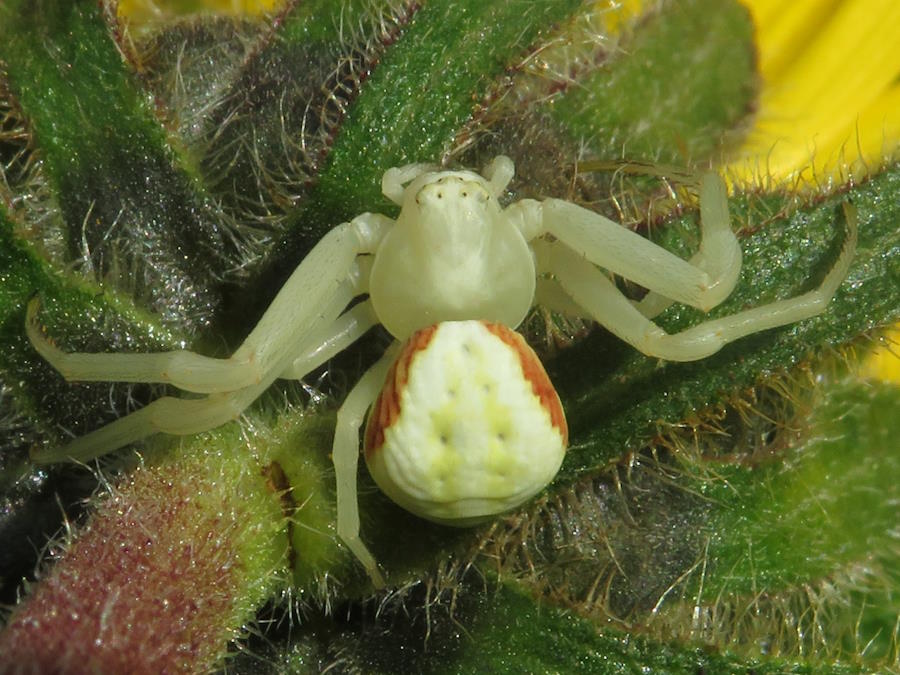
Flower Crab Spider
It’s sometimes difficult to identify Crab Spiders using body color. Body hair and eye configuration can help. Here’s a few examples.
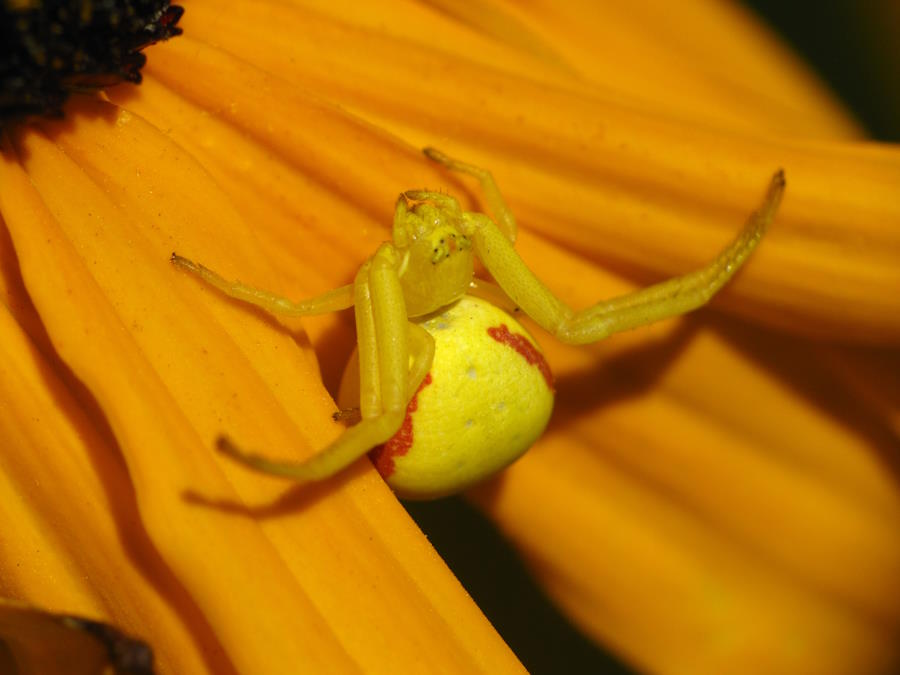
Flower Crab Spider yellow
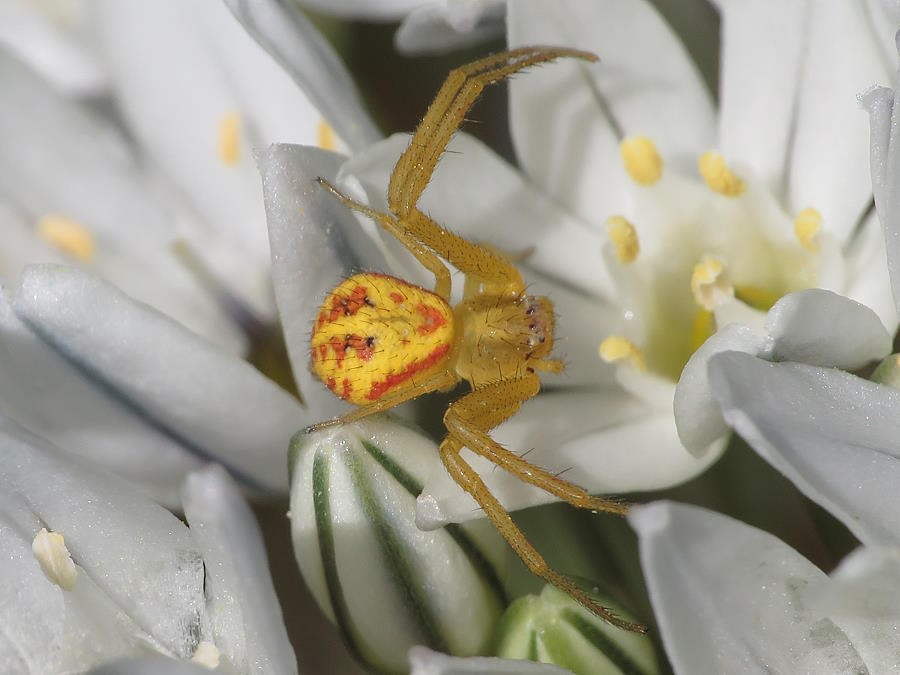
Yellow and Red Northern Crab Spider
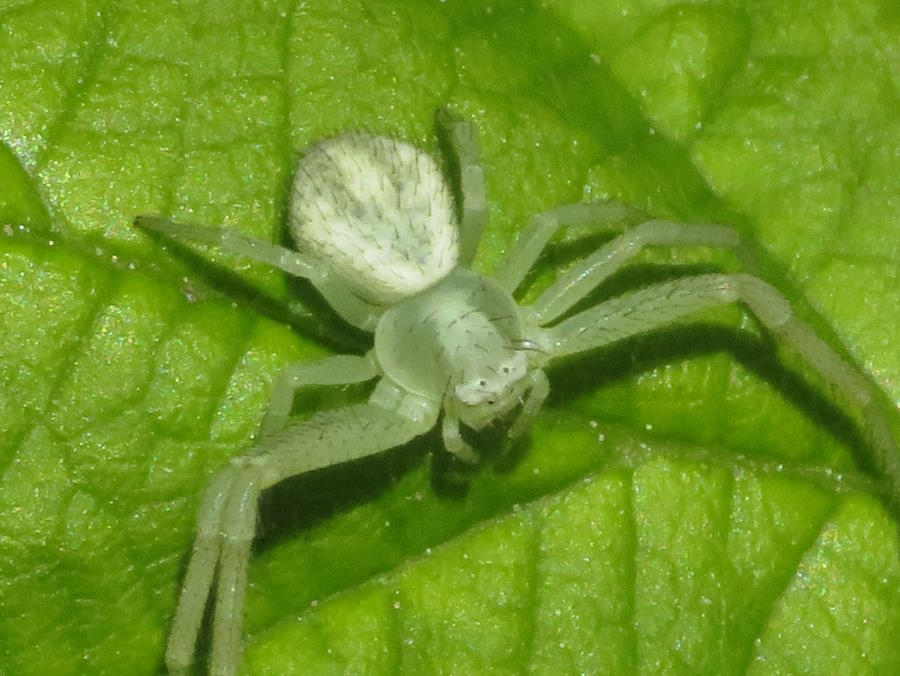
Northern Crab Spider white
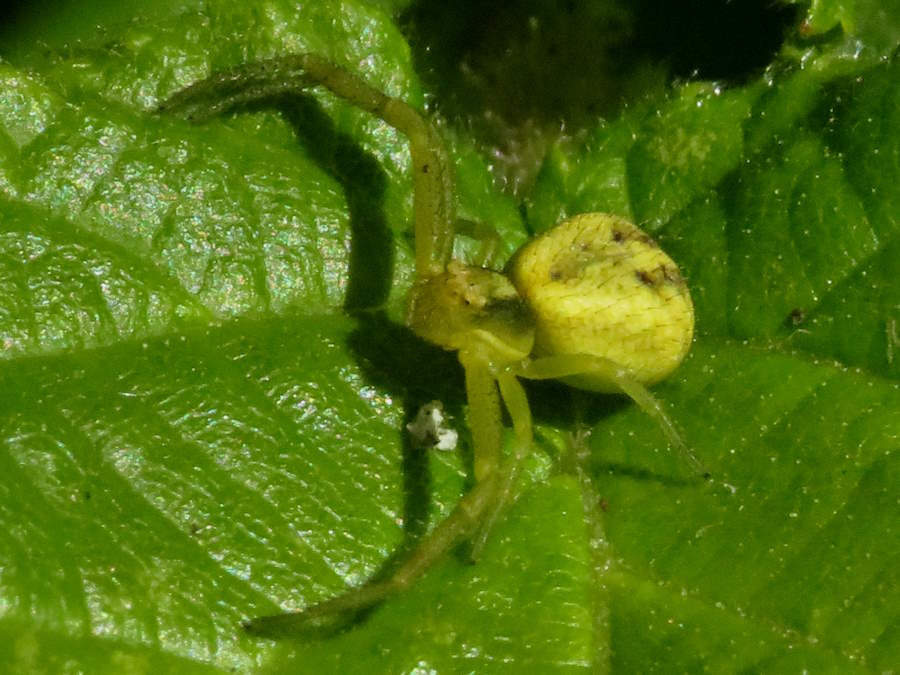
Northern Crab Spider yellow
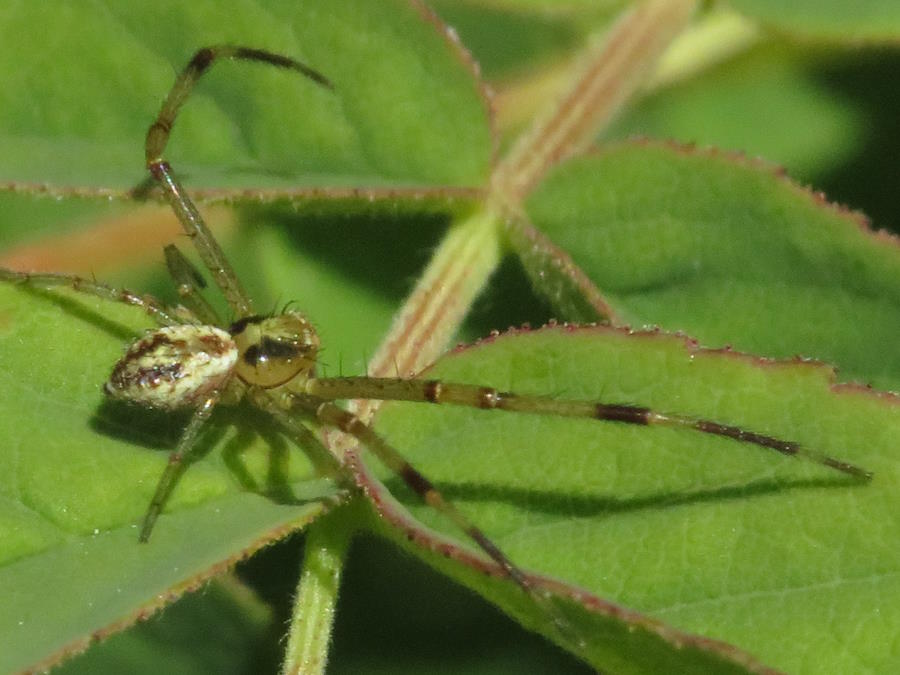
Swift Crab Spider
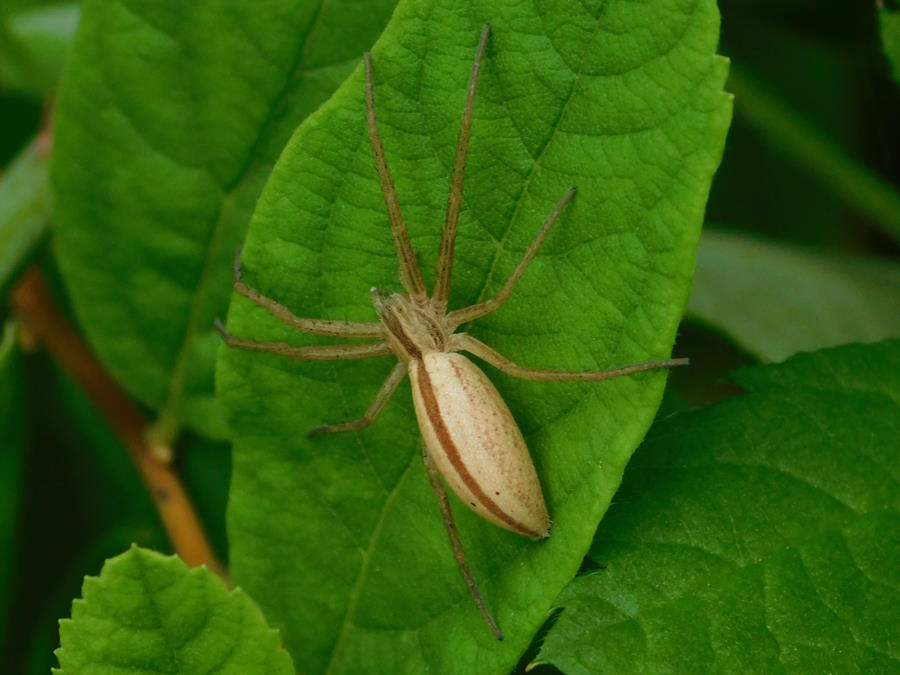
Slender Crab Spider
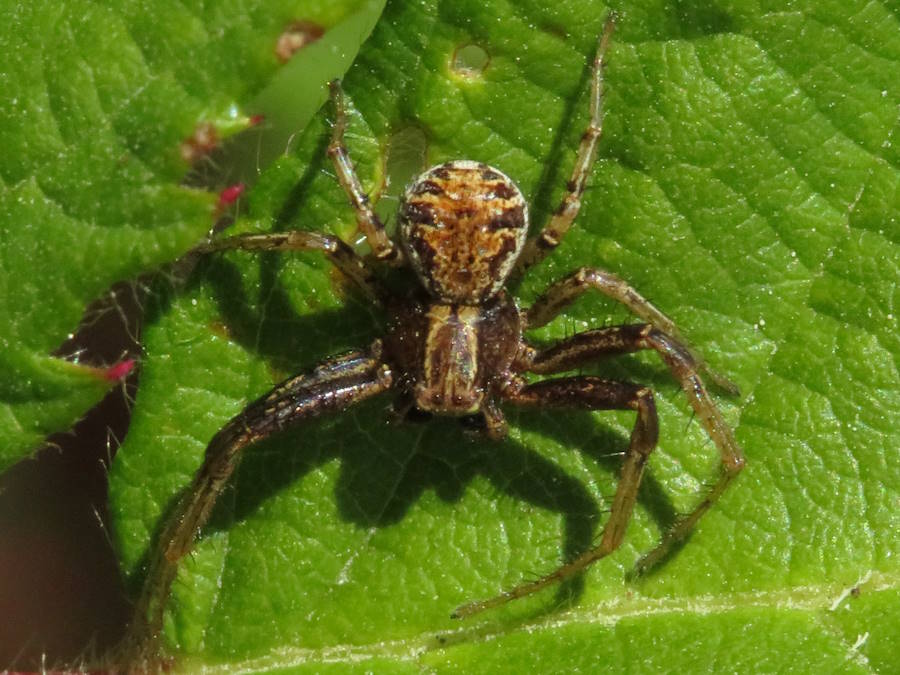
Ground Crab Spider
Lynx Spiders
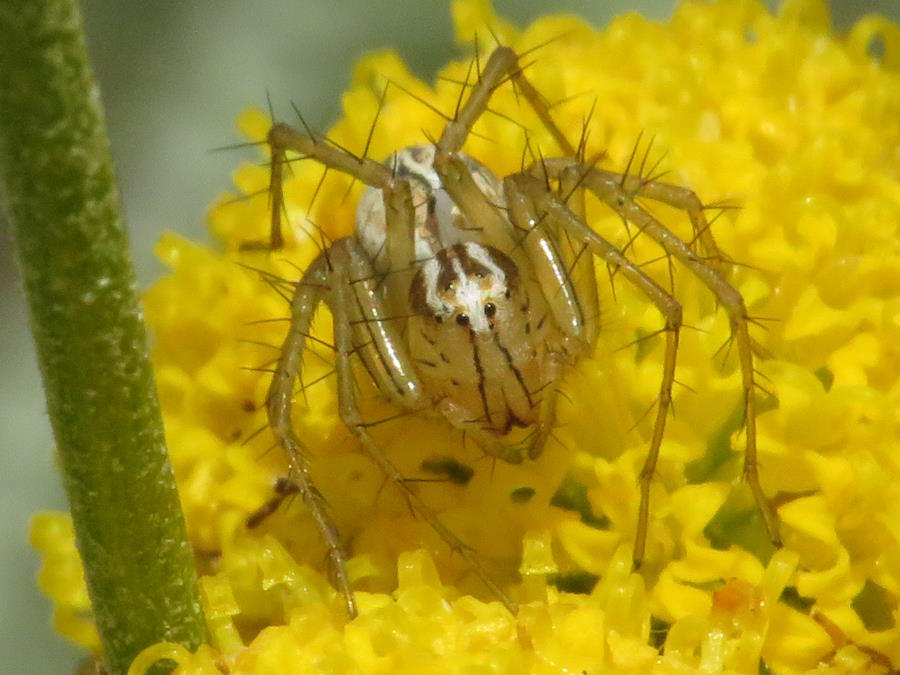
Striped Lynx Spider Eyes
Lynx spiders can be abundant in residential areas. The following pictures might help with ID.
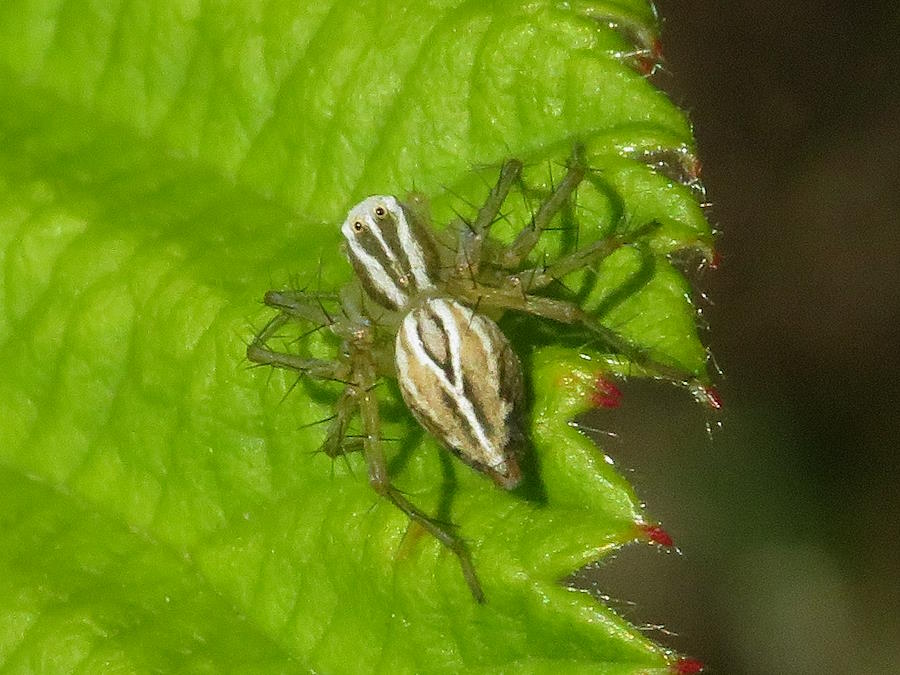
Striped Lynx Spider top
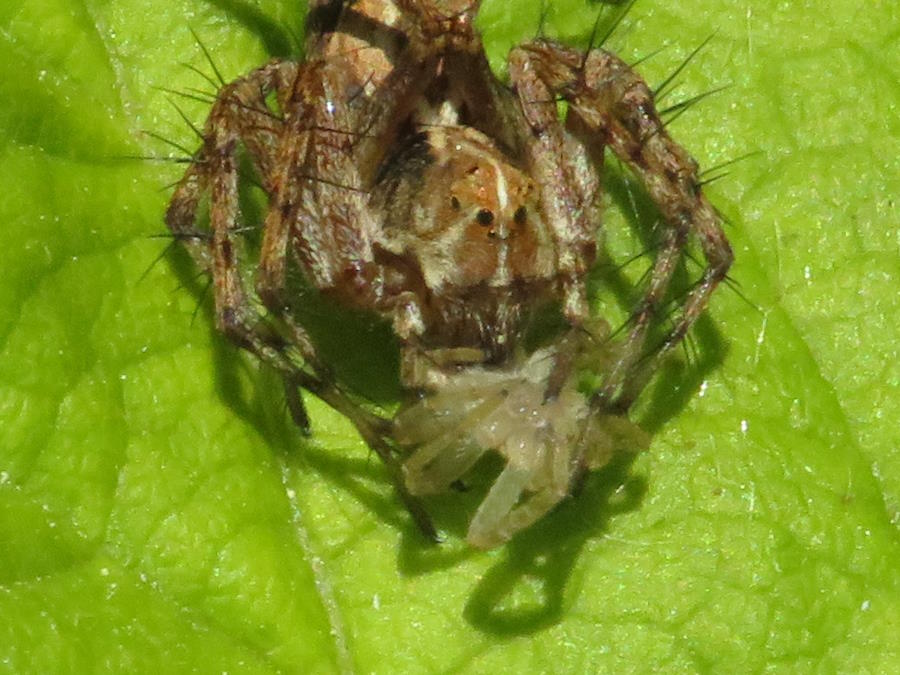
Western Lynx Spider Eyes
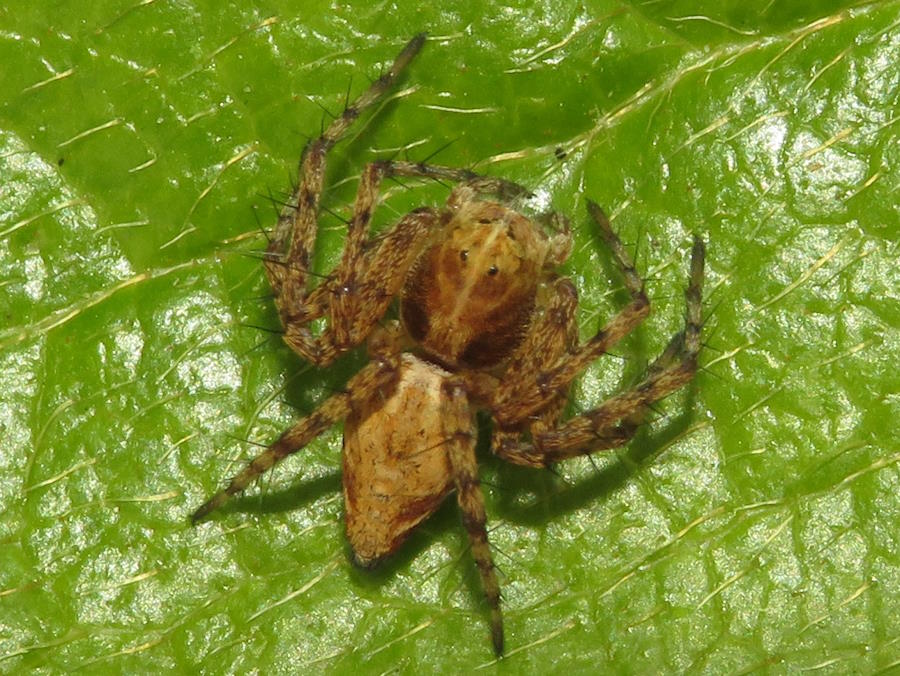
Western Lynx Spider Female
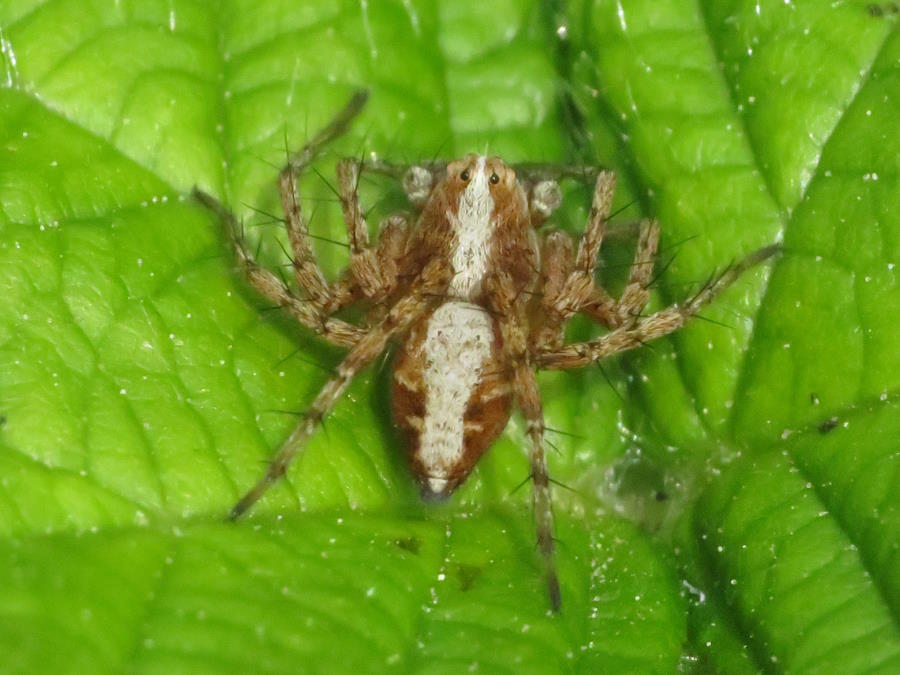
Western Lynx Spider Juvenile
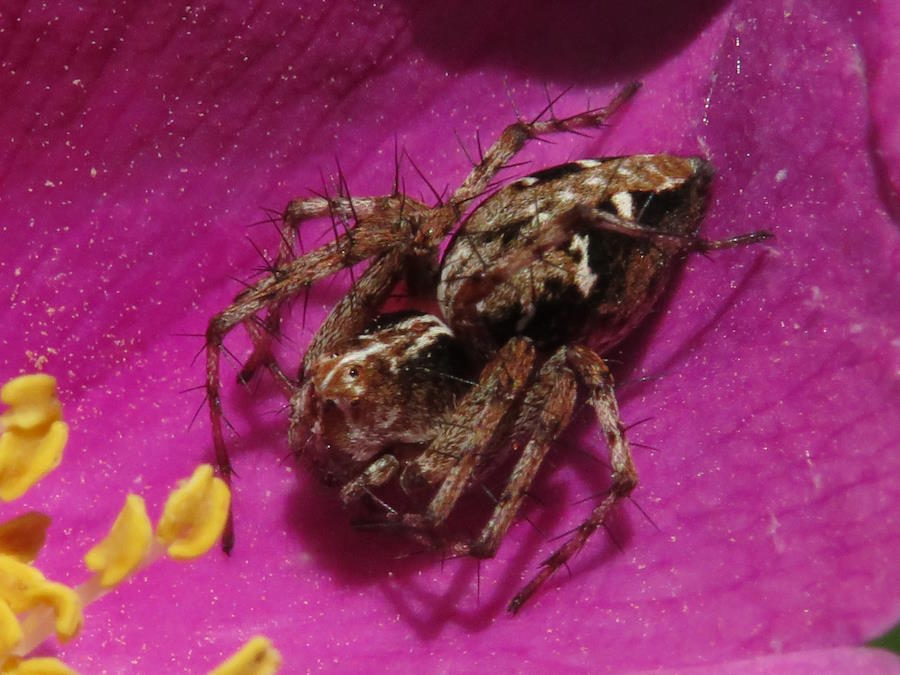
Western Lynx Spider Male
Jumping Spiders
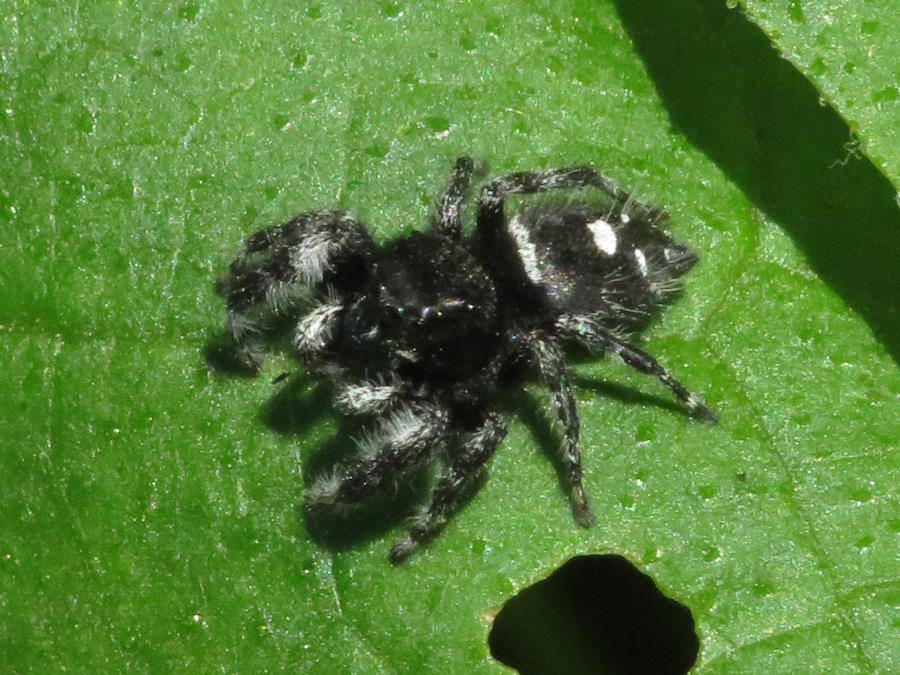
Bold Jumping Spider
A couple hundred jumping spider species inhabit residential areas, many with limited ranges. Body color can change over the course of time, as with the species presented here. See Jumping Spiders for more complete information.
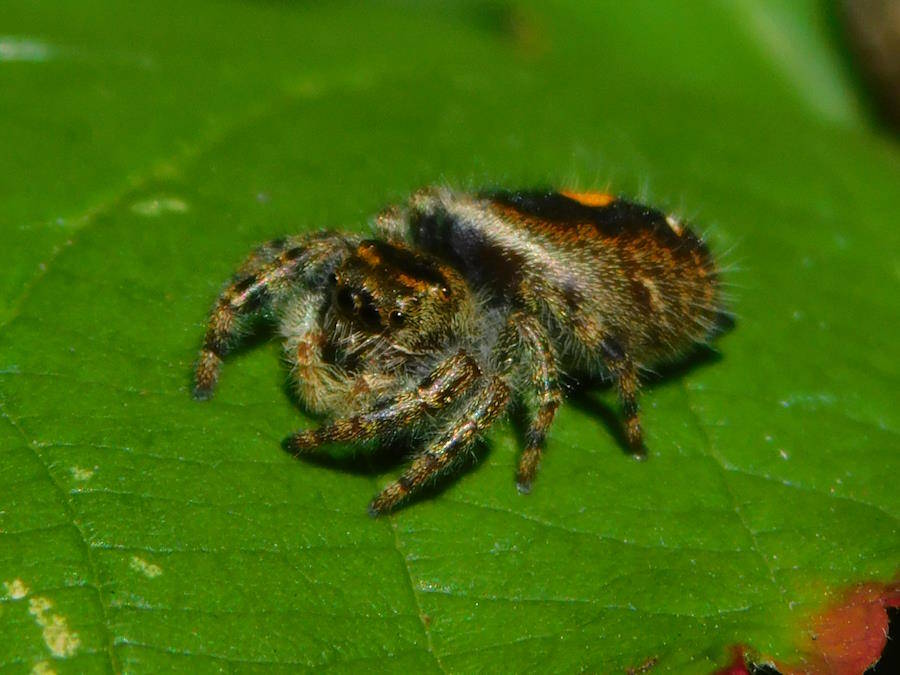
Bold Jumping Spider
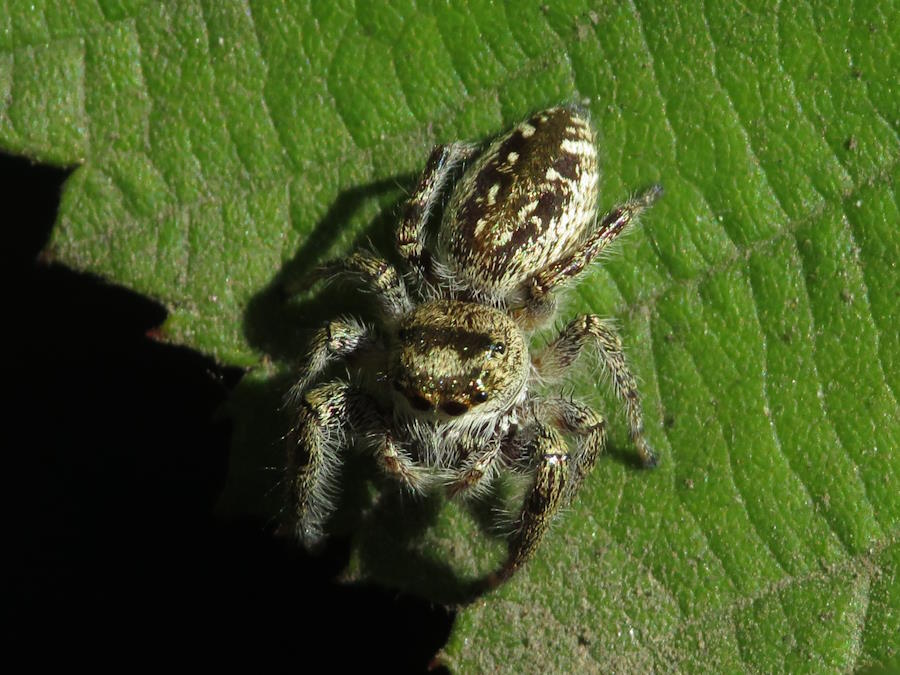
Bronze Jumping Spider Female
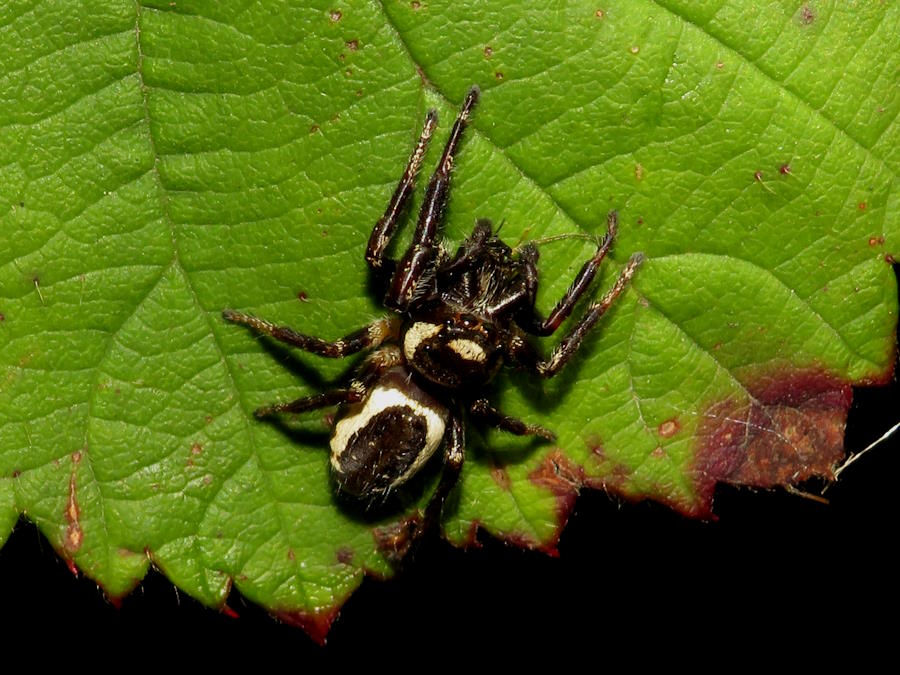
Bronze Jumping Spider Male
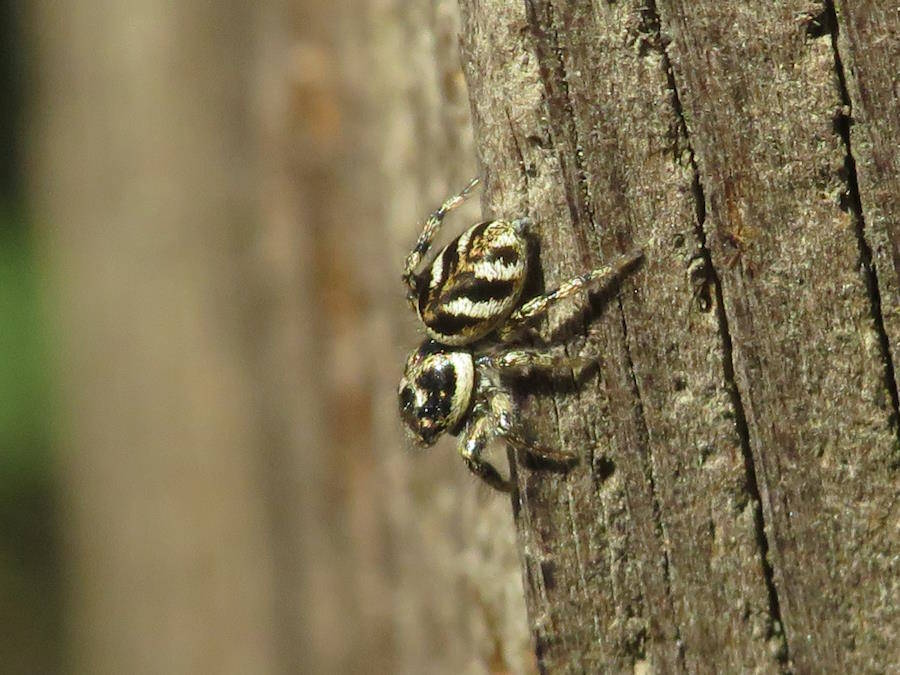
Zebra Jumping Spider
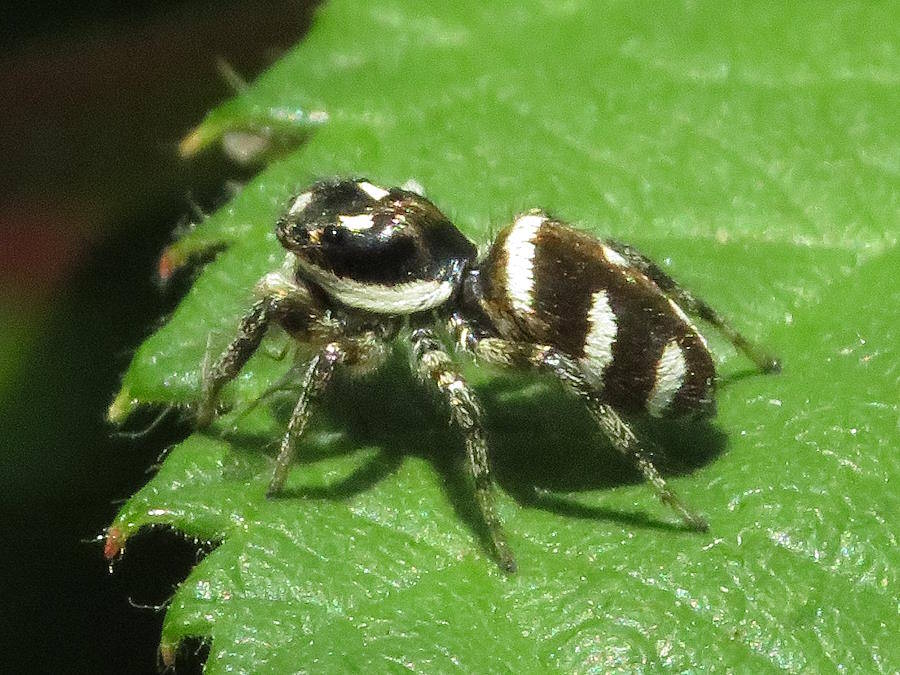
Zebra Jumping Spider Side
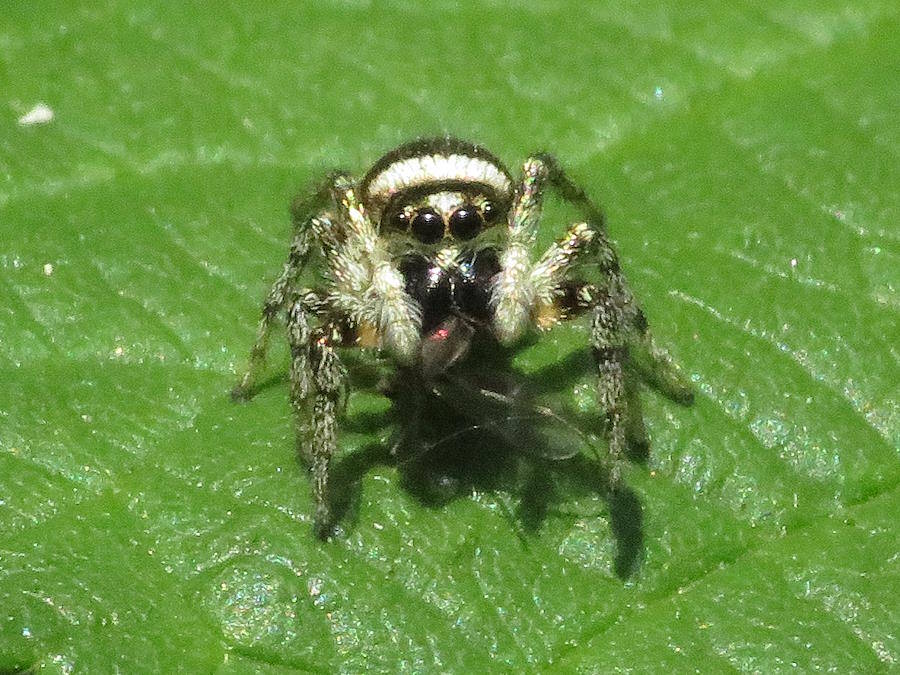
Zebra Jumping Spider Eyes
Orb Weaving Spiders
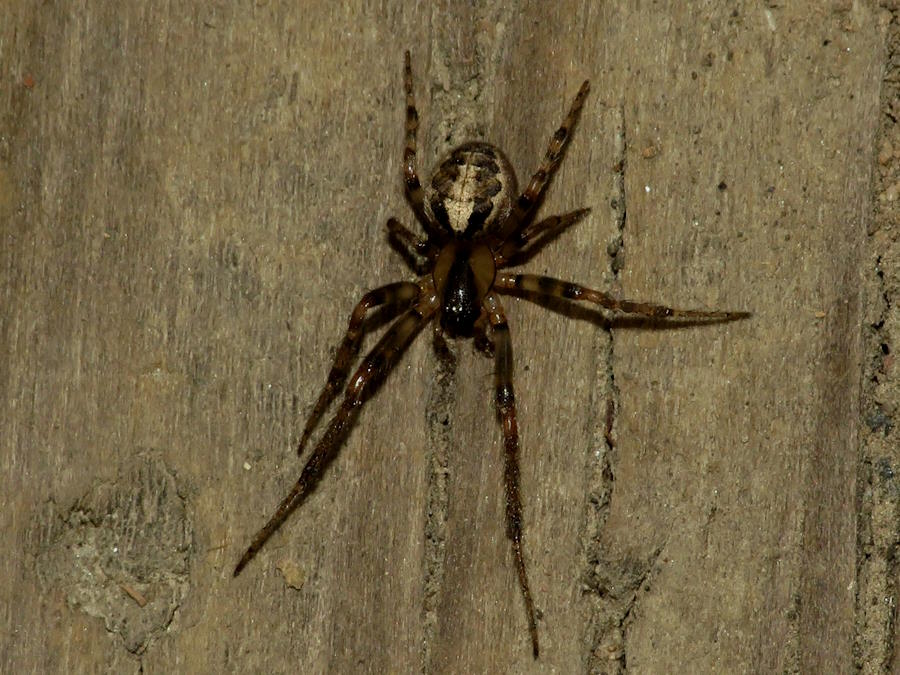
Zygiella x-notata
There’s around one hundred orb weaving spider species, many of them regionally situated. Some of the species come in a range of colors.
Here’s a few of the more common species with a wider geographical range. See Orb Weaving Spiders for more detail.

Yellow Writing Spider bottom view

Yellow Writing Spider top view
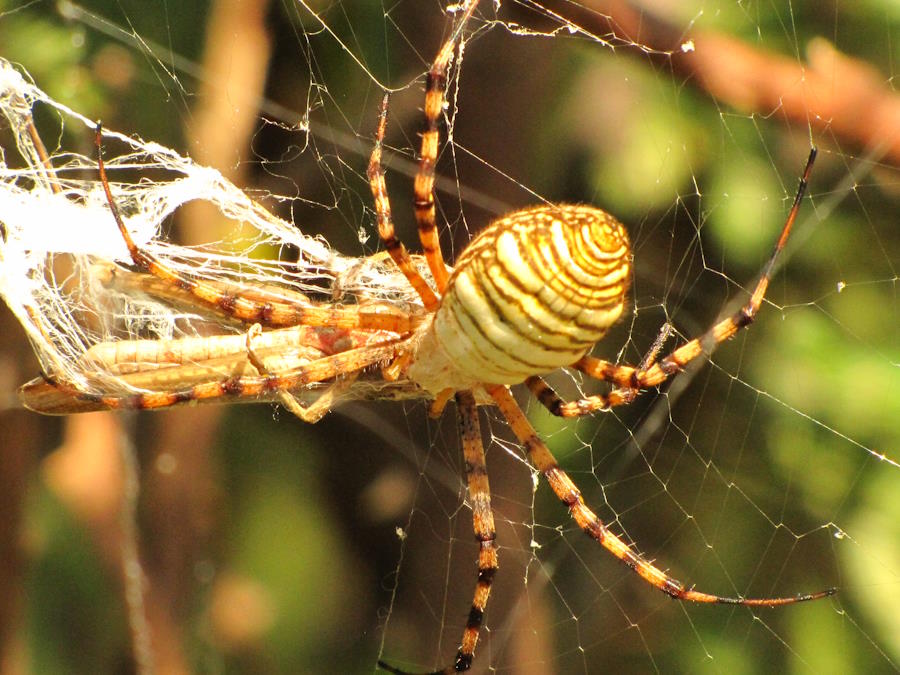
Banded Writing Spider
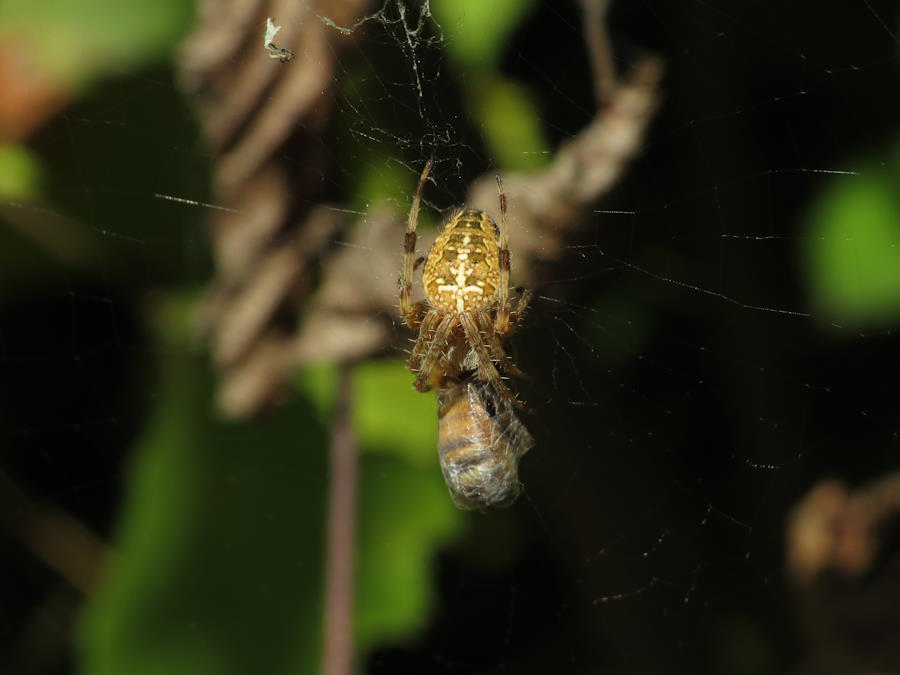
Cross Orb Weaving Spider
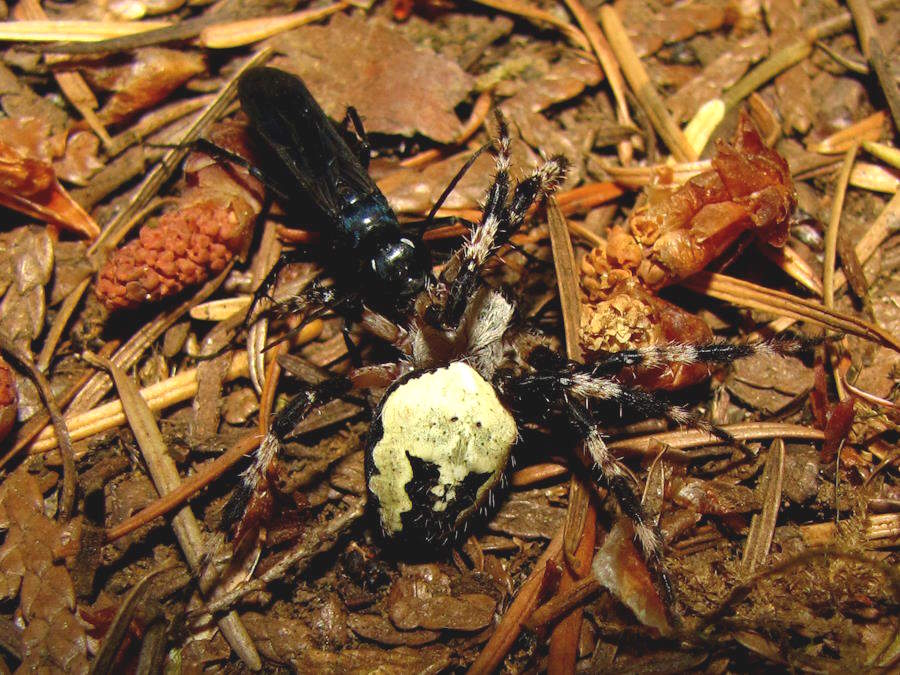
Araneus nordmanni
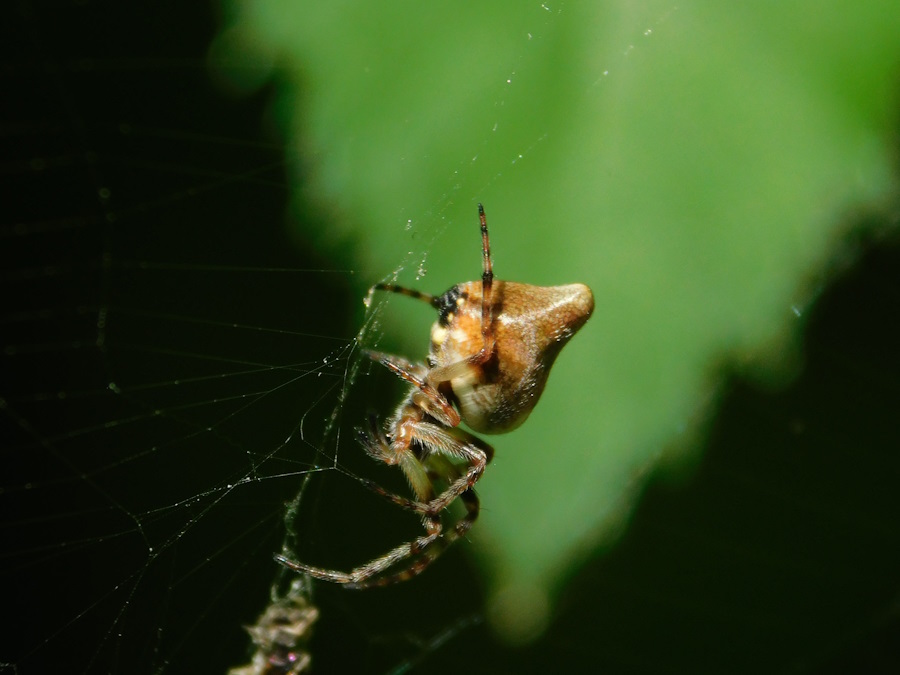
Trashline Orb Weaver
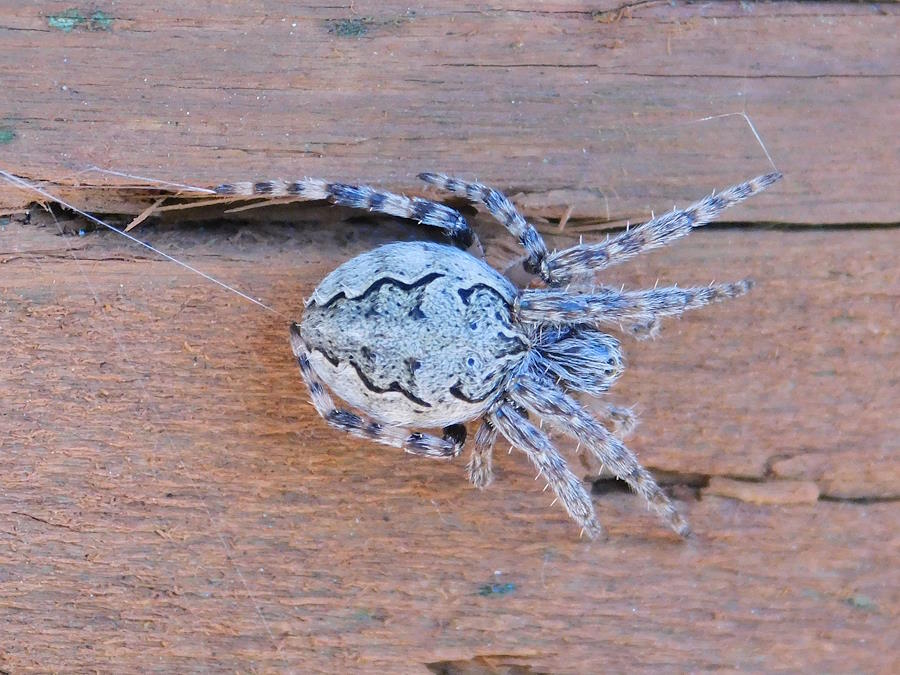
Gray Cross Spider
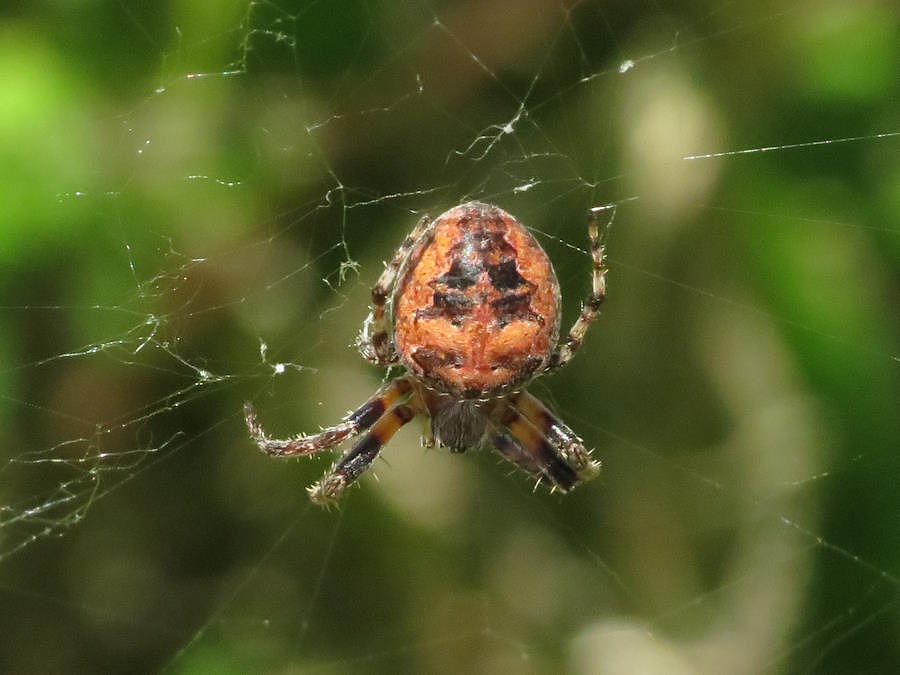
Larinioides patagiatus orange shade
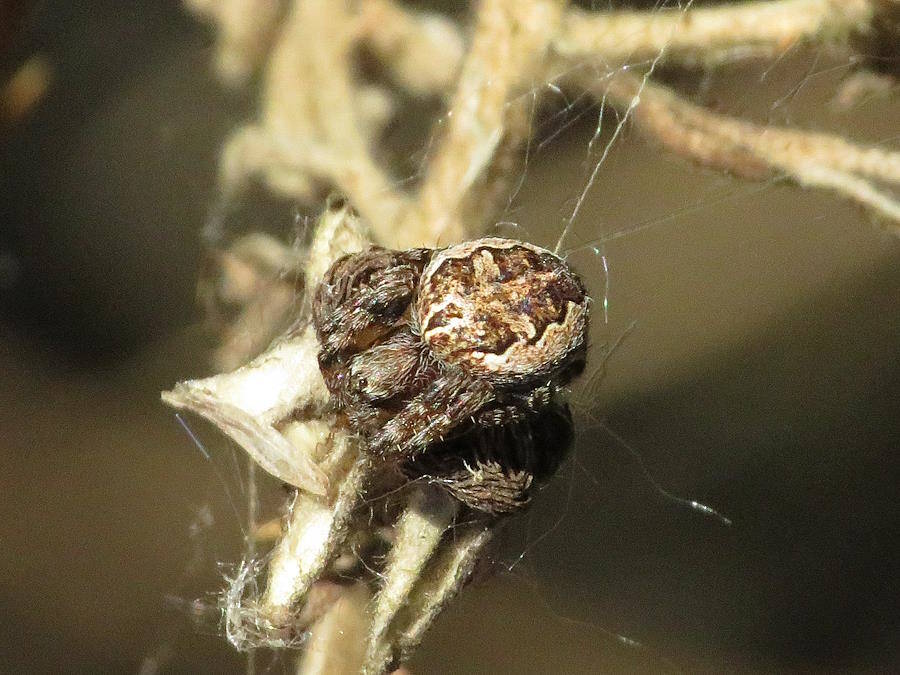
Larinioides patagiatus brown shade
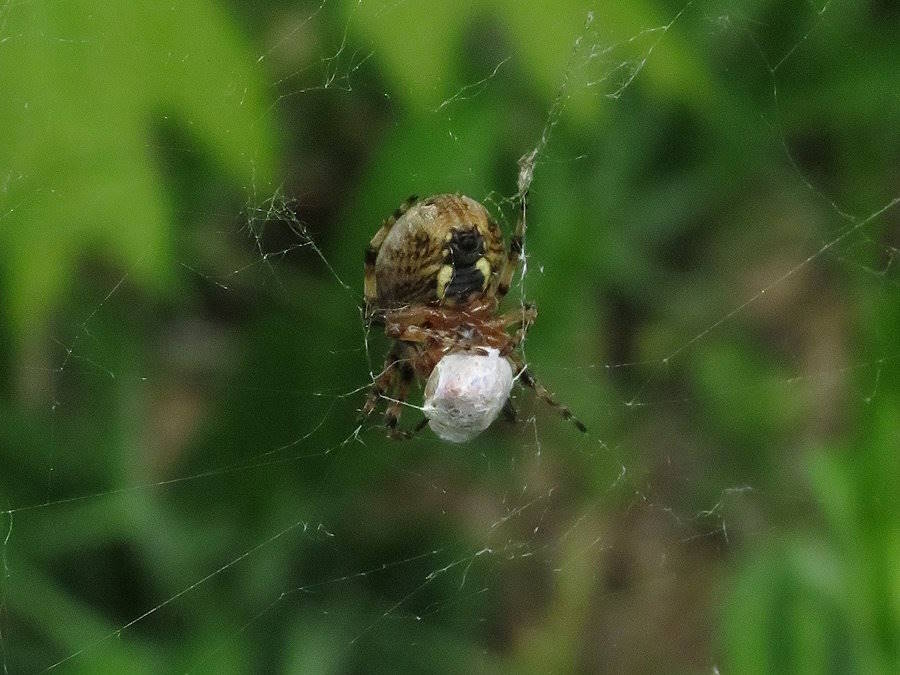
Larinioides patagiatus bottom
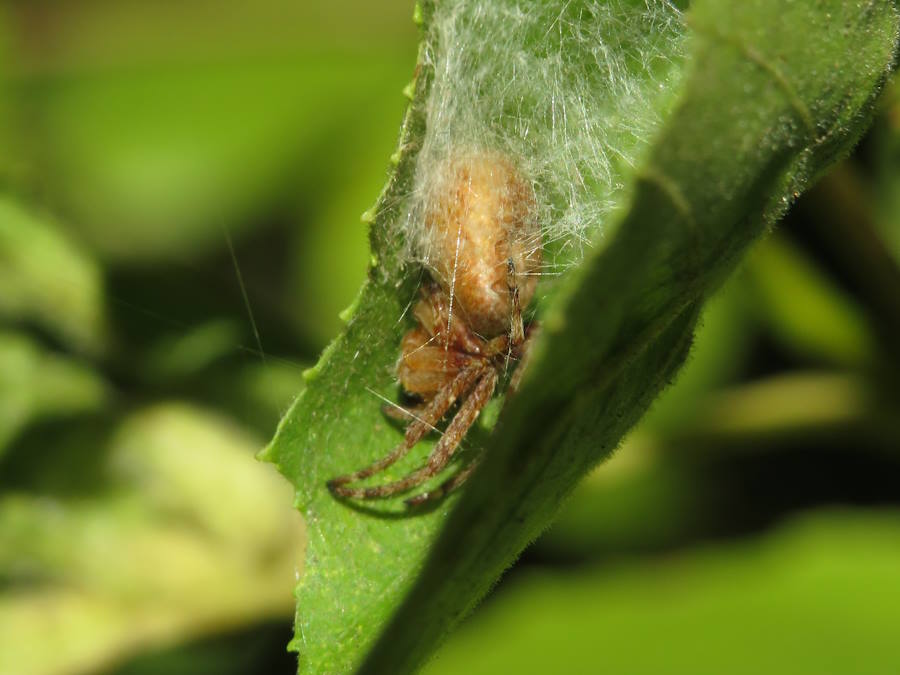
Sleeping Orb Weaving Spider
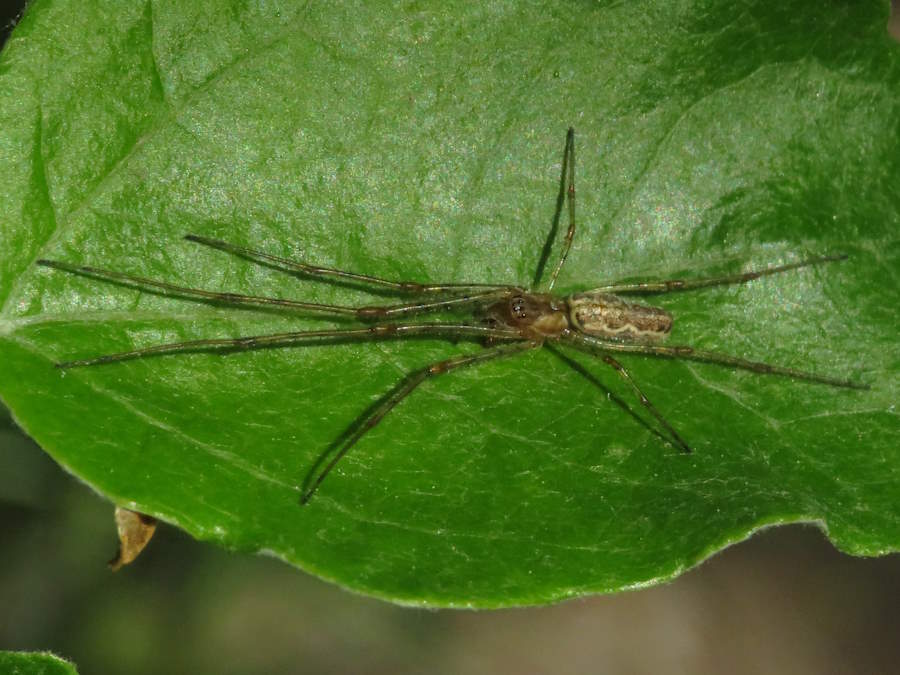
Long-jawed Orb Weaver
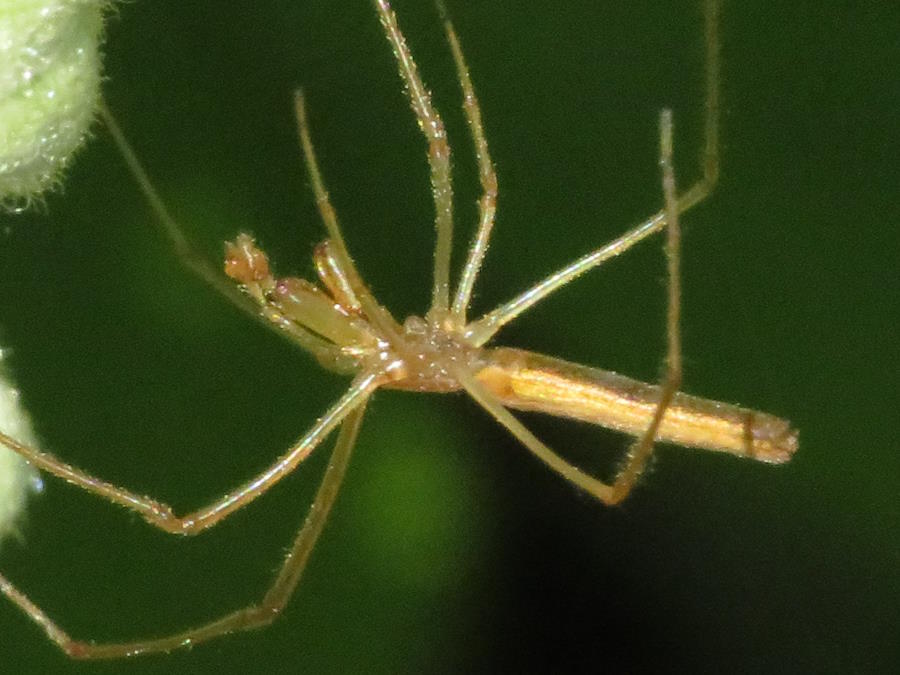
Long-jawed Orb Weaver side view
More Spiders and Relatives
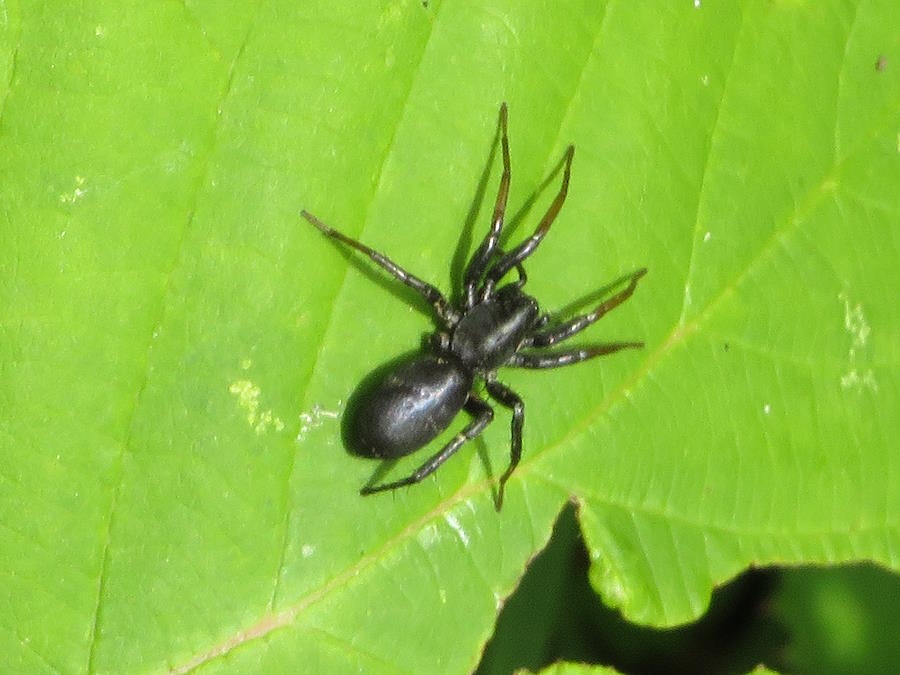
Ground Spider
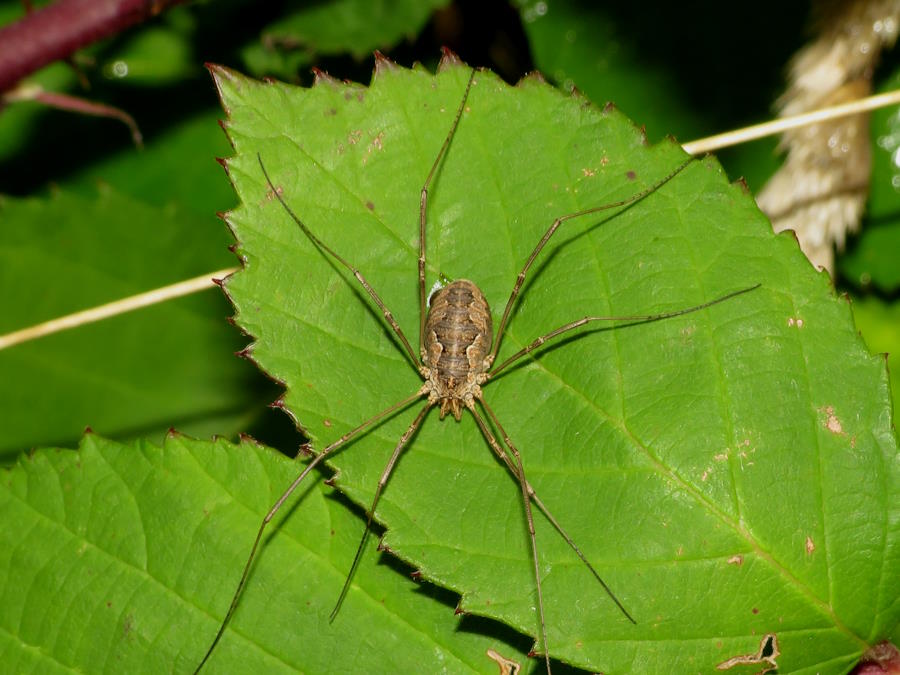
Opaline or Daddy Long Legs
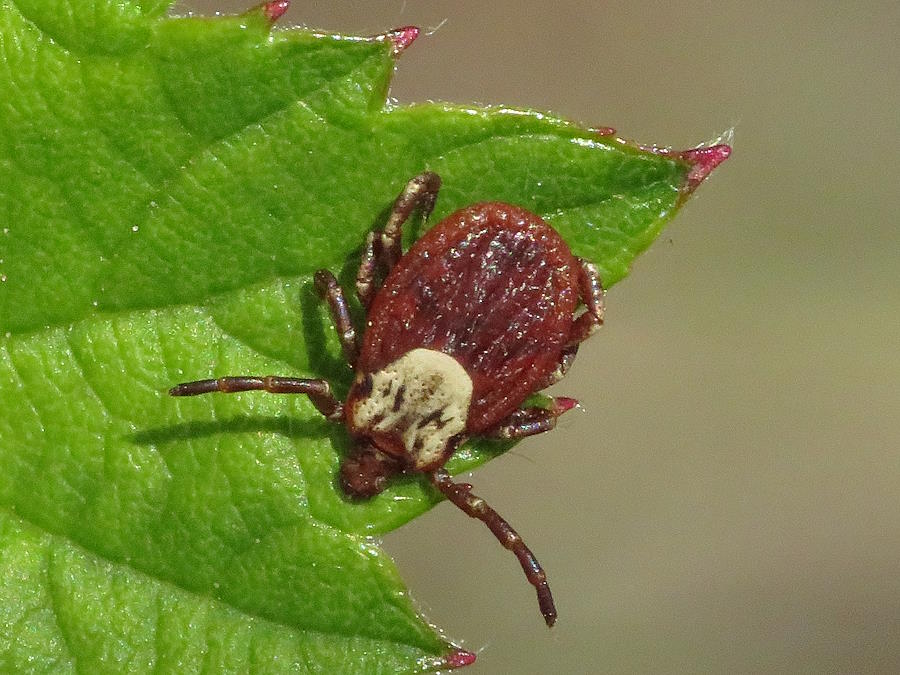
Dog Tick Female
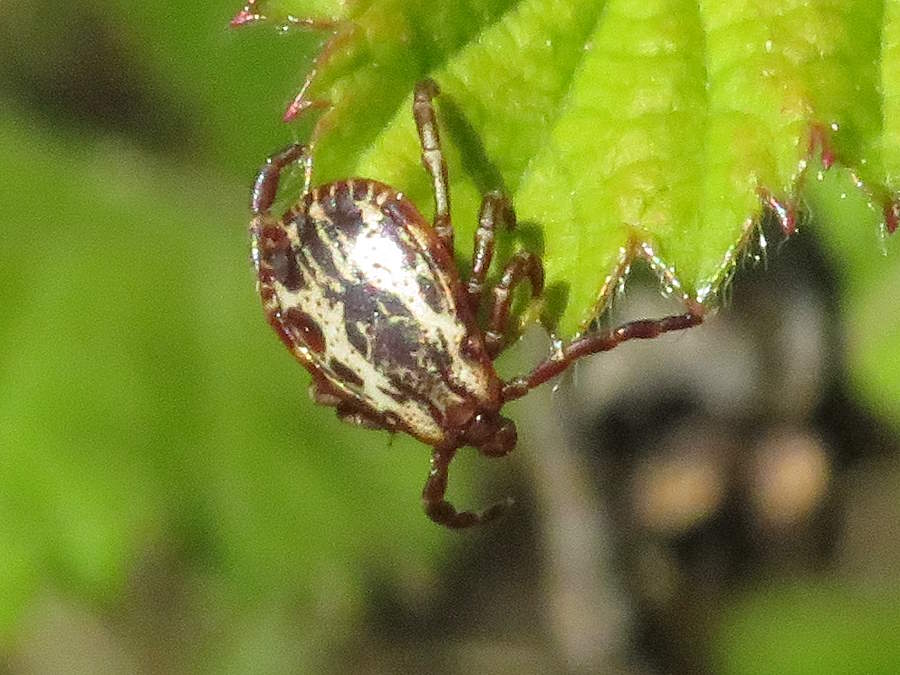
Dog Tick Male
